
Radar | Jan 27,2024
The late-morning sun cuts through Addis Abeba’s usual haze and lands on Haile Garment, an industrious pocket of the capital’s Nifas Silk-Lafto District where sewing workshops crowd narrow lanes.
From one stall, the scent of ground chilli, Shiro and roasted flaxseed drifts across the pavement. Inside, 23-year-old Abeba Dereje hoists a burlap sack of Shiro onto a wooden shelf, wipes flour from her hands, and nods to a customer hesitating in the doorway.
A year ago, Abeba and her mother, Meselu Berhe, swapped factory wages for family business and opened Meselu Baltena, naming the shop after the matriarch.
For three years, Abeba had stitched shirts on a humming line, yet the pay never kept up with rent. Mother and daughter decided their culinary heritage might pay better. They borrowed a small mill, bought raw spices, and began grinding Shiro, red pepper, barley flour, paprika, and “telba” (flaxseed) for neighbourhood cooks.
The front counter doubled as a studio for Facebook and TikTok clips shot under a single fluorescent bulb.
Business was brisk until pepper prices sprang past every other staple.
“It’s getting harder to sell,” Abeba told Fortune, gazing at a pyramid of fiery powder that once vanished in hours.
In early May, she paid 500 Br a kilo for pepper and sold her blend for 800 Br. Then the wholesale quote doubled to 1,000 Br. Forced to charge 1,200 Br, she watched bulk buyers drift away.
“People who used to buy in bulk now just walk away,” she lamented.
Monthly sales have dropped to 10Kg, a threefold decrease.
Two blocks east, on Beyene Aba Sedsib Street (past Gottera junction, heading towards the Saris neighbourhood), the kitchen at Tsion Bar & Restaurant clanged with lunch orders. Manager Abdih Abdullah flipped through invoices.
Three months ago, he paid 500 Br for a kilo of pepper. Last week, it was 800 Br, and paprika was worse, up to 1,100 Br. Menu prices were unchanged, but he conceded the reprieve could not last.
“We try to hold the line for our customers,” he said, “but the margin is vanishing.”
Complaints ring out even as Ethiopia posted record harvests. Farmers gathered 5.1 million quintals of red pepper from 274,000hct in 2023/24, and officials forecast 5.3 million quintals from 279,000jct for this year, with yields of 15Qtls to 19Qtls a hectare.
On paper, the country is awash in spice; in practice, as much as two-fifths rots before sale. Up to 40pc of harvested red peppers never reach the market. Once picked, pods often dry on roadside asphalt or open fields shared with livestock. Hooves, tires and dust bruise skins, moisture seeps in, fungi bloom, and piles are dumped.
“We’ve a serious waste problem,” said Moges Ashenafi, who heads the Spice Development Desk at the Ethiopian Coffee & Tea Authority (ECTA). “People use the streets as makeshift warehouses.
Fertiliser and labour bills climb each season, pushing the break-even price higher.
“We can’t say that pepper has increased more than other crops,” Moges told Fortune. “But, when you add waste and cost, the price rise is understandable.”
He argued for “forced law,” post-harvest rules that order growers and traders to dry, store, and haul pepper correctly.
“Controlling the crop before harvest is tough,” he said. “But, once it is picked, we can prevent much of the damage with the right rules in place.”
His warning is loudest in Merkato, where Berbere Tera vibrates with grinders and a red cloud of chilli dust. Near the centre, women rinse fresh peppers in plastic basins, hoping a brighter colour will fetch a premium. The practice draws government ire.
“Unlike other spices, pepper is extremely sensitive to moisture and disease,” Moges said.
Extra water adds weight in the morning but invites mould by night.
Ahmed Jemal runs a grinding stall in Berbere Tera’s concrete arcade. His notebook tracks the climb: 450 Br a kilo last November, 650 Br in April, and between 1,000 Br and 1,200 Br last week.
As prices rose rapidly, he saw the number of buyers drop rapidly. Last week, he was brushing dust from the scale while shipments thinned, and shoppers distrusted tomorrow’s quote.
In Weyra Gunjo Woreda of Halaba Zone, 250Km south of Addis Abeba in Central Ethiopia Regional State, Ahmed Sherefa stepped between rows that should have been radiant green. A fungus locals call “sere nekel” — root rot — has strangled the crop.
“The plants wither as they start producing,” he told Fortune.
A ferment, he lost nearly a hectare worth about 100,000 Br last season. The psychological toll is mounting, he admitted.
“We’re known for pepper here, but many farmers are losing hope,” he said, appealing for government help.
At the Ministry of Agriculture, Solomon Kebede directs a department overseeing the vegetable and herb sector and tracks three pepper calendars: spring, autumn, and an irrigated slot between them. Pepper requires 90 to 120 days from seedling to harvest and is sensitive to sloppy rotation.
“If you plant pepper on the same land repeatedly, the risk of disease rises sharply,” he told Fortune.
Ethiopia grows several pepper varieties, each with its own resistance profile.
“Some are resistant, some are not,” said Solomon. “And yes, some are more susceptible to fungi.”
Moisture and mould also raise aflatoxin, a carcinogen produced by Aspergillus flavus and Aspergillus parasiticus.
Halaba, an area once renowned for its pepper, illustrates how fortunes can shift.
According to Temam Anunjo, who manages the Menceno Elto Multi-Purpose Farmers’ Cooperative Union, yields are down while prices race upward.
“Prices have increased by 150 Br to 200 Br in just a month,” he told Fortune. “The rains came at the wrong time, and the crops got sick. It all added up.”
Ethiopia exports some chilli, but domestic buyers feel the squeeze first.
Sawla is an area in Gamo Gofa Zone, 520Km southwest, where pods hang heavy yet remain too moist for the market.
Tesfaye Estifanos, general manager of Esipie Dicha Cooperative Union, says his warehouses hold only fertiliser and seed.
“We know the prices are increasing, but there is nothing we can do because we have no product with us,” he said.
Moges argued that outdated practices deepen every wound. Impure seed, shallow ploughing, weak drainage, and exhausted soils all drag on yields. The Authority teams with researchers to distribute improved seed, but adoption is slow.
Yehunie Dagnew manages the Tsehay Multi-Purpose Farmers’ Cooperative Union in Takusa Woreda of North Gondar, 650Km north of Addis Abeba. He speaks for 143,000 growers across five districts.
“There’s no sign of a production drop, but prices have tripled,” he said.
The Union watched the kilo price leap from 250 Br two months ago to more than 700 Br last week.
“Checkpoint fees add to the prices,” said Yehunie. “We end up paying both ways.”
An 11-month report the Ministry of Revenues presented to Parliament last week supports his view. Inspectors found rogue checkpoints, sometimes erected with tacit local approval, acting as a shadow tax. Traders pay to pass on and recover the cost downstream, thereby magnifying the effects of disease, waste, and input shocks.
The Ministry of Revenue's study mapped dozens of roadblocks where officials collect unofficial fees. A driver moving pepper from Takusa to Addis may stop 10 times, each halt raising the chance that rain will soak uncovered loads. Federal sweeps dismantle barriers, yet many reappear within days.
Timing compounds Takusa’s problem. Harvest peaks there between November and December; by mid-January, prices usually sag.
“Anyone who sells at a good price now is accused of contraband,” Yehunie told Fortune. “This is not a surplus season. It’s just not our time to produce.”
A year ago, the cooperative bought at 190 Br and sold at 200 Br, “the best and most stable time for us.”
Fertiliser explains part of the anxiety. Early 2024 pushed diammonium phosphate (DAP) from about 3,000 Br a quintal to as high as 8,000 Br, while urea cleared 6,700 Br. According to Yehunie, farmers raise pepper prices mainly “to afford inputs for the next cycle.”
Officials point to training sessions, stricter harvest standards, and seed inspections as key factors.
Demonstration plots outside Gondar show raised beds, drainage furrows and certified seed that germinates well. Extension agents coach farmers to rotate crops and dry peppers on plastic tarps; if the improved method preserves colour and aroma, grinders say customers will notice the difference quickly.
Universities add muscle. At the University of Gondar, crop-protection lecturer Yigerem Mengist studies fungi in pepper fields.
He observed that pepper thrives when the land is properly prepared.
“Drainage systems are essential, especially in areas with black soil,” he said. “The answer lies not just in treating symptoms but in reforming the system.”
Moisture is only one hazard in Addis Abeba’s spice lanes. Pepper laid on bare ground absorbs gravel and dust, each impurity eroding value and inviting mould. Lorries haul open sacks; a stray shower can ruin a week’s work.
For many households, pepper defines festive dishes and ordinary stews, making every price swing feel personal across the country.
Farmers say the damage is both emotional and financial. For Ahmed, the farmer from Halaba, every brittle stem proves that years of skill can collapse in one damp week. Neighbours debate planting maize instead of chilli. He tills next season’s plot anyway, convinced that quitting would guarantee failure.
Abeba wiped her hands on her apron and greeted her first customer of the day. However, the scent of spice offered little comfort against the daily uncertainty. Each morning, she would arrange her bags and scroll through her social media feed, updating followers on prices that felt increasingly untenable.
"We're adapting," she told Fortune, a weary resilience in her voice, "but it feels like we’re always catching up."
Her dream of building a business with her mother now depended on factors far beyond her control, from the health of the soil in Alaba to the policy decisions made in Addis Abeba. She continued to market her products on social media, hoping to find customers willing to pay the new price for a traditional product. But as she watched her stock of pepper dwindled, she, along with millions of others, was left to wonder when, or if, the fever in the spice market would break.
PUBLISHED ON
Jul 06,2025 [ VOL
26 , NO
1314]

Radar | Jan 27,2024
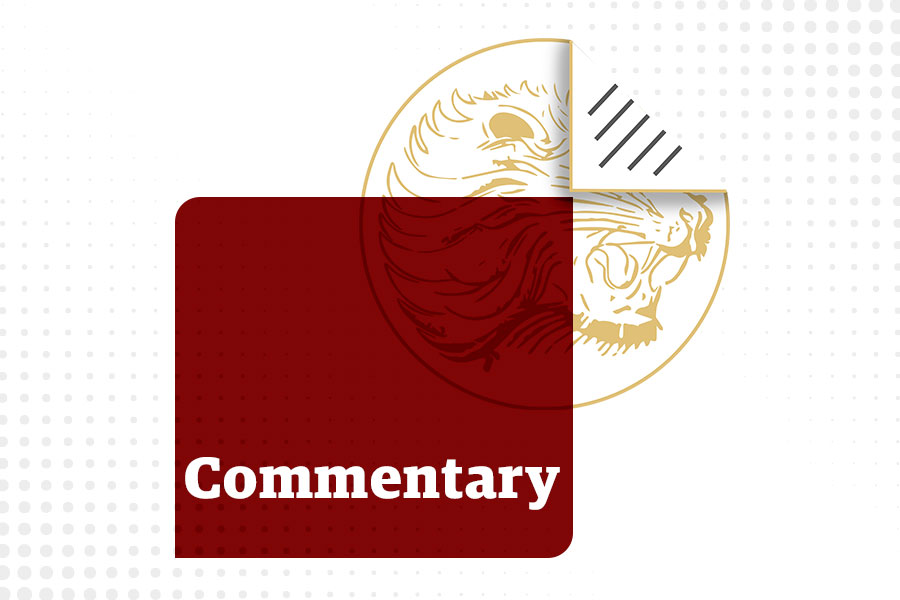
Commentaries | Apr 22,2023
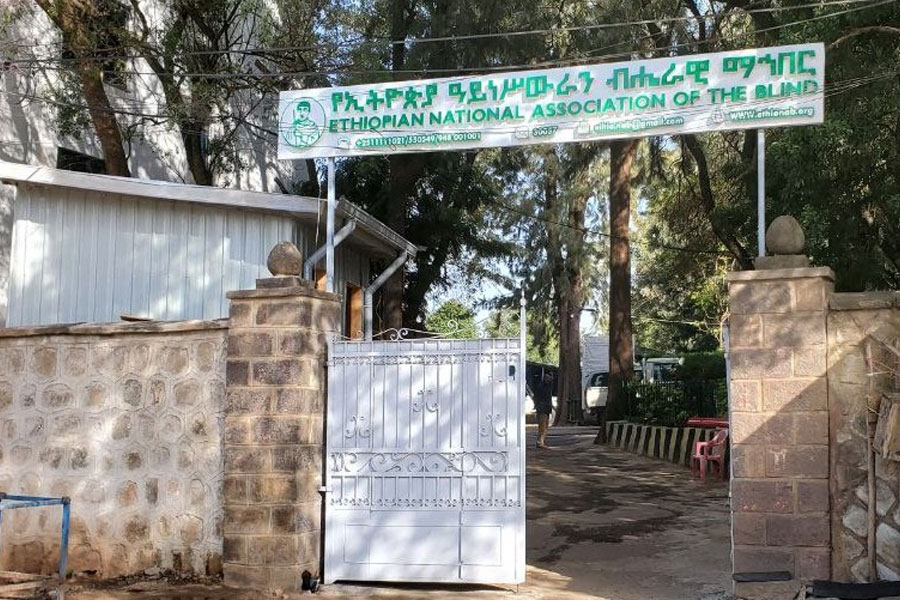
Agenda | Jun 15,2025

Editorial | Dec 30,2023
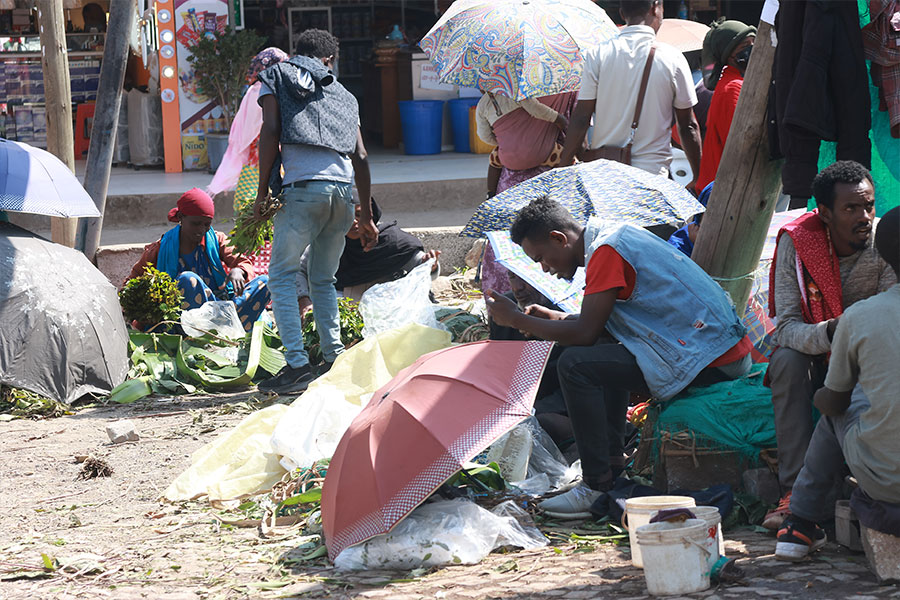
Radar | Jan 16,2024

Fortune News | Aug 29,2025
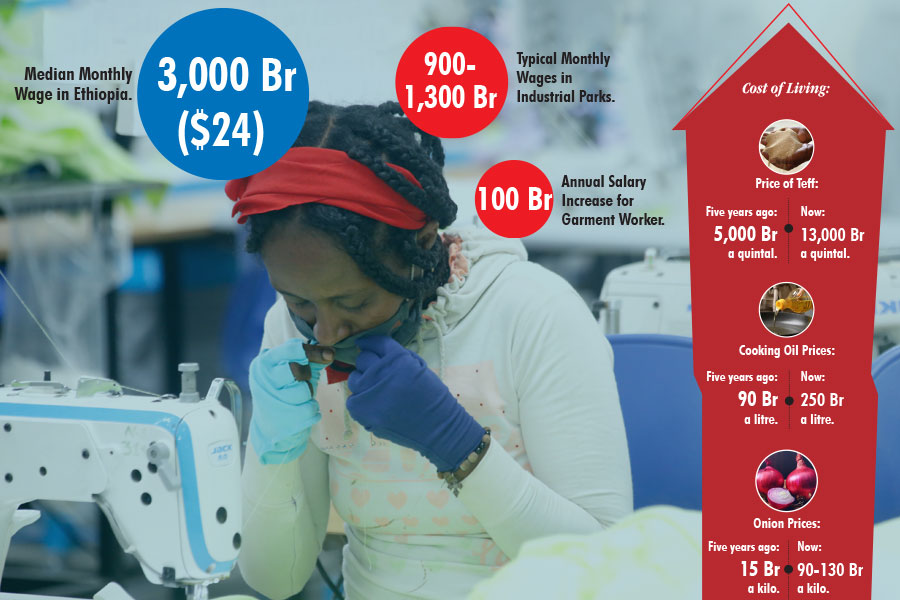
Fortune News | Dec 15,2024

Viewpoints | Nov 18,2023

View From Arada | Oct 11,2025

Radar | Jan 09,2024

Dec 22 , 2024 . By TIZITA SHEWAFERAW
Charged with transforming colossal state-owned enterprises into modern and competitiv...
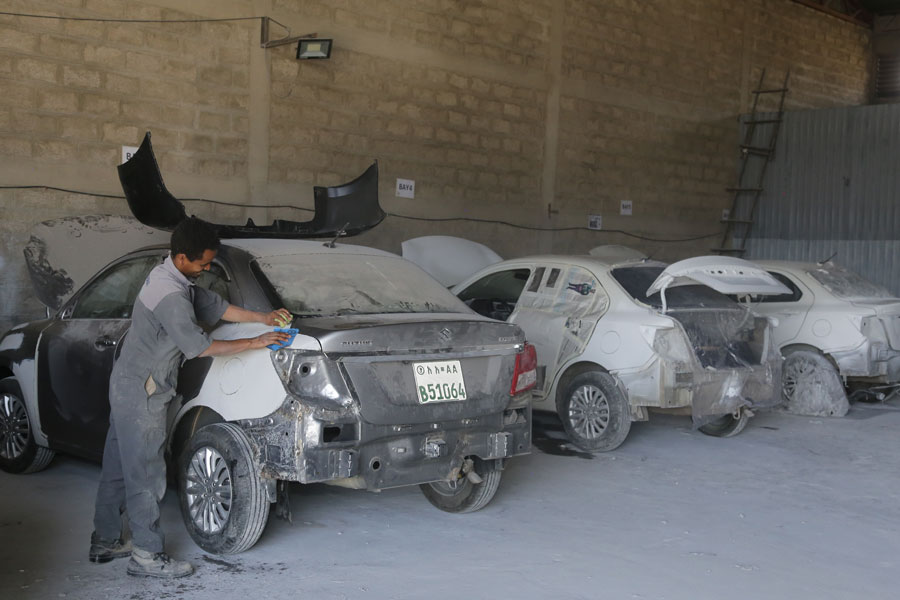
Aug 18 , 2024 . By AKSAH ITALO
Although predictable Yonas Zerihun's job in the ride-hailing service is not immune to...
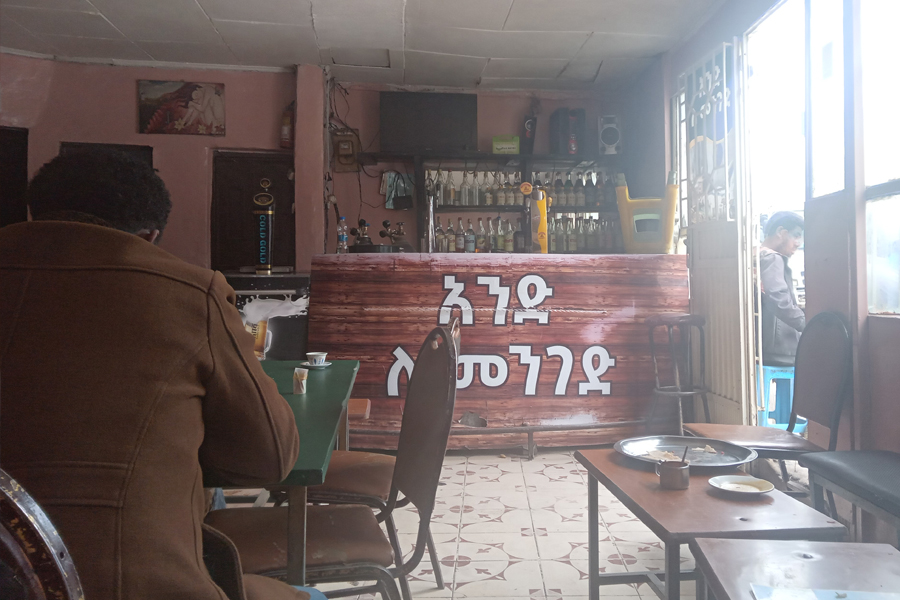
Jul 28 , 2024 . By TIZITA SHEWAFERAW
Unhabitual, perhaps too many, Samuel Gebreyohannes, 38, used to occasionally enjoy a couple of beers at breakfast. However, he recently swit...
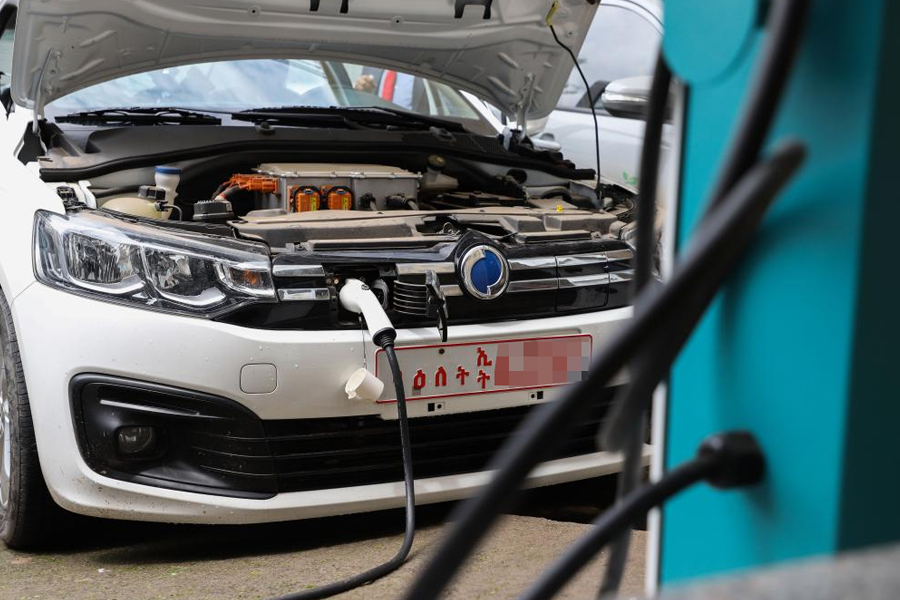
Jul 13 , 2024 . By AKSAH ITALO
Investors who rely on tractors, trucks, and field vehicles for commuting, transporting commodities, and f...
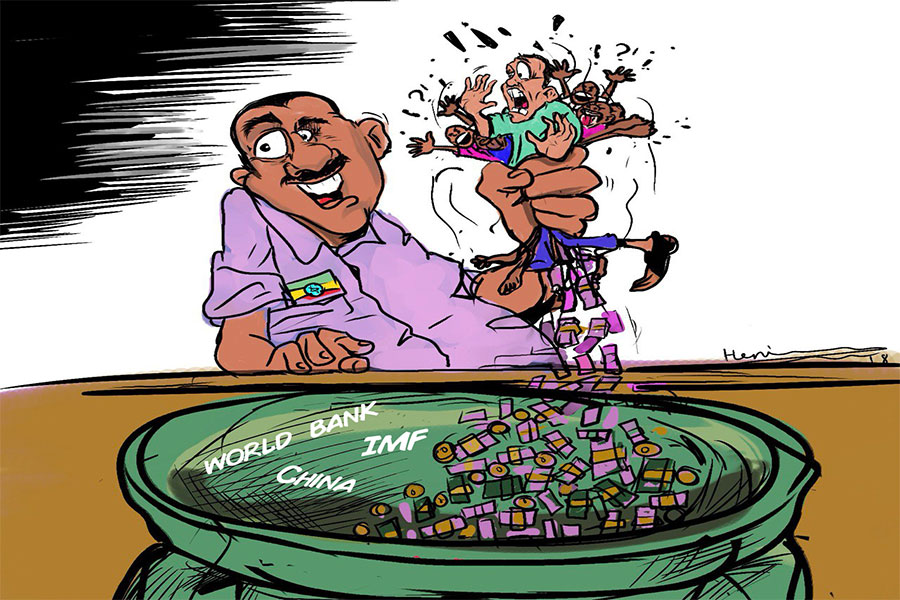
Oct 18 , 2025
The political establishment, notably the ruling party and its top brass, has become p...

Oct 11 , 2025
Ladislas Farago, a roving Associated Press (AP) correspondent, arrived in Ethiopia in...
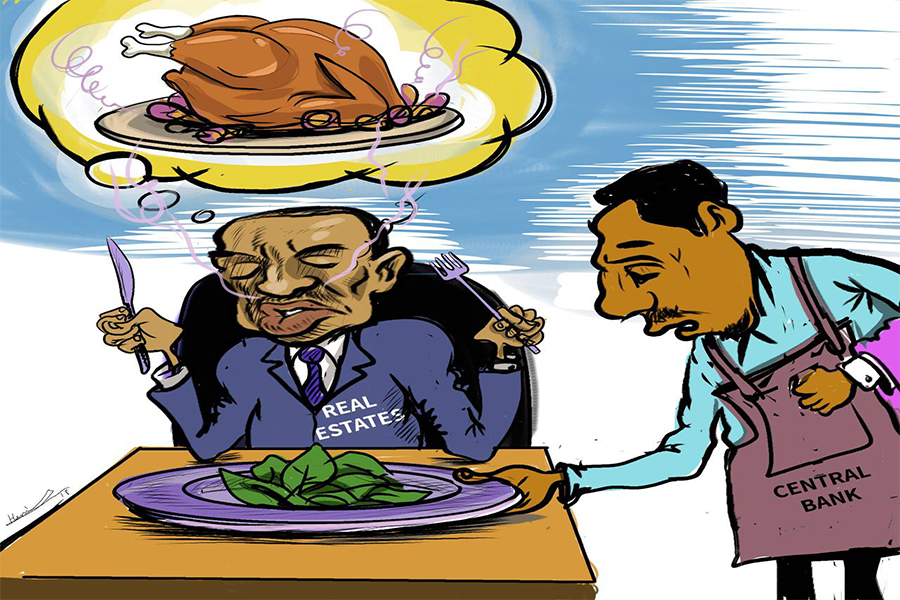
Oct 4 , 2025
Eyob Tekalegn (PhD) had been in the Governor's chair for only weeks when, on Septembe...
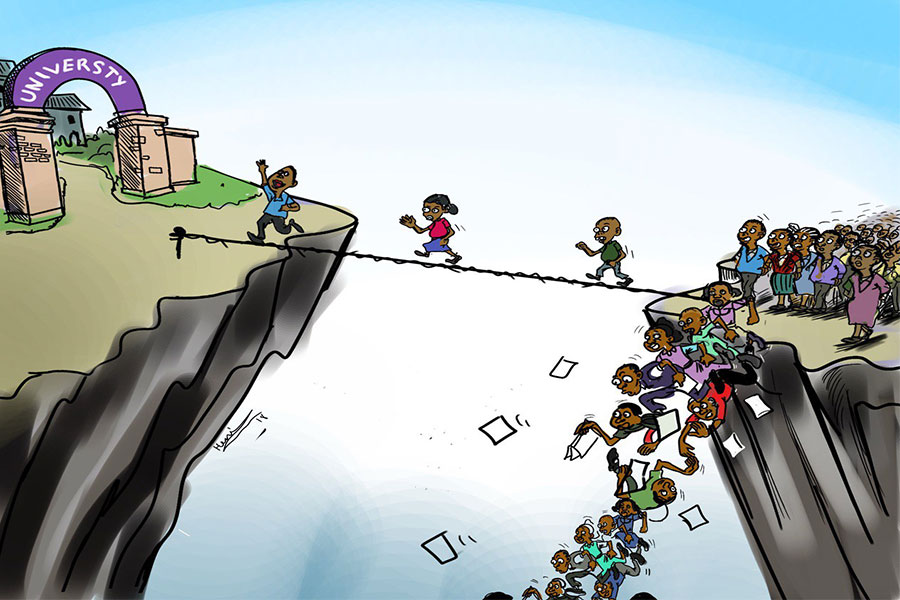
Sep 27 , 2025
Four years into an experiment with “shock therapy” in education, the national moo...